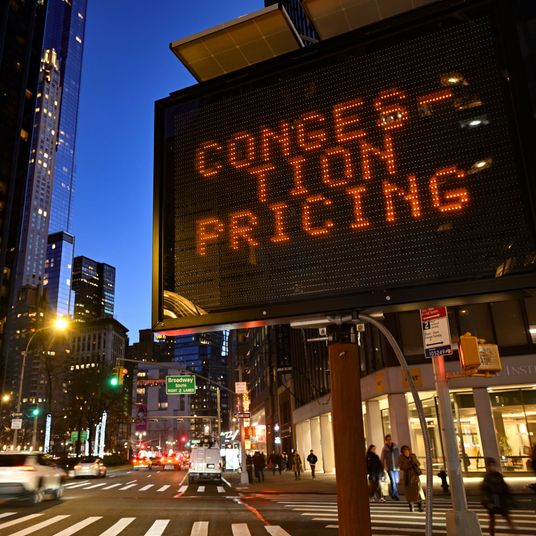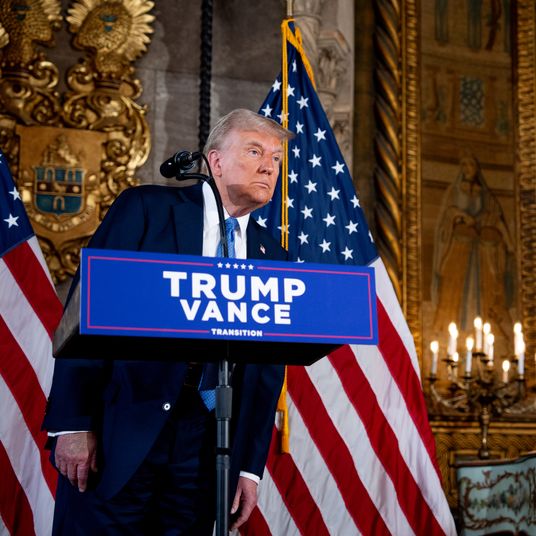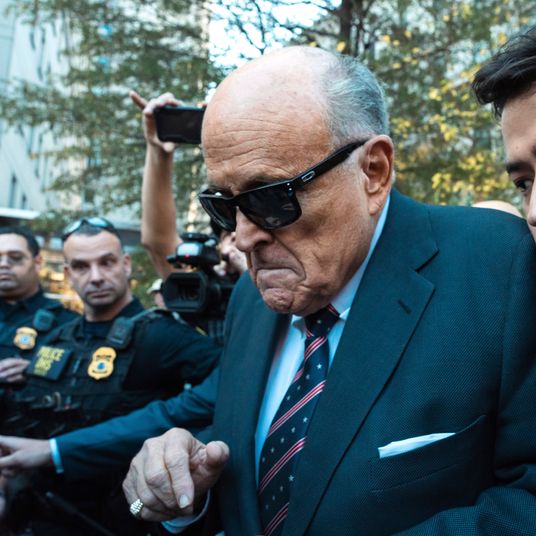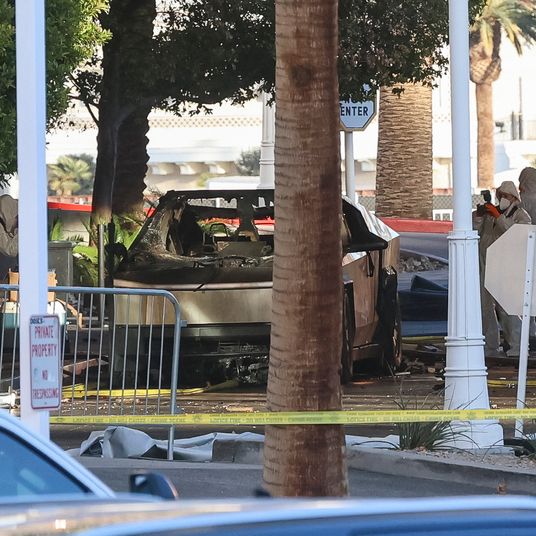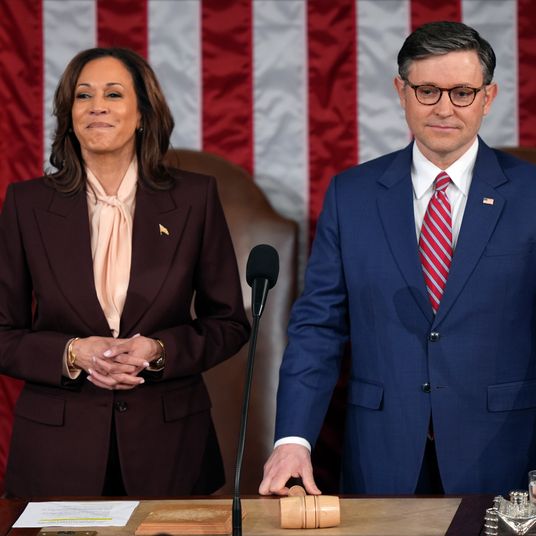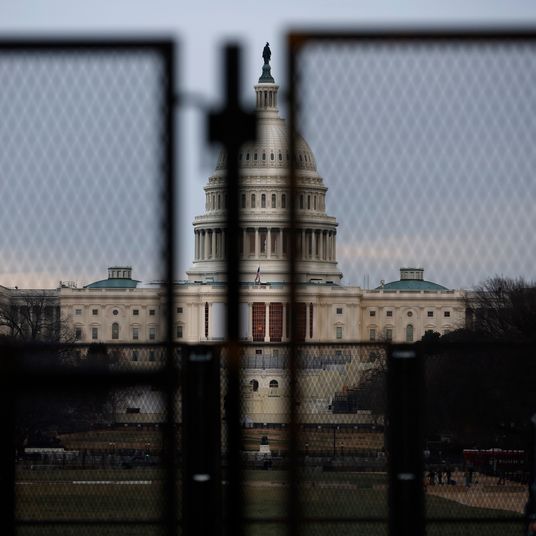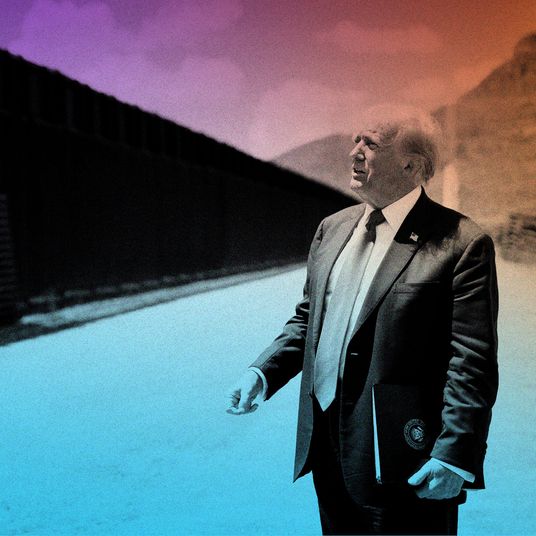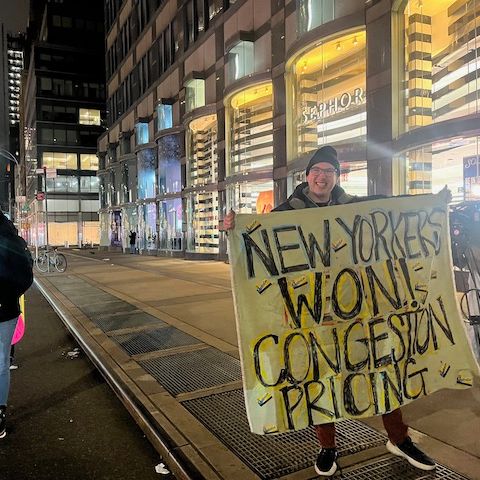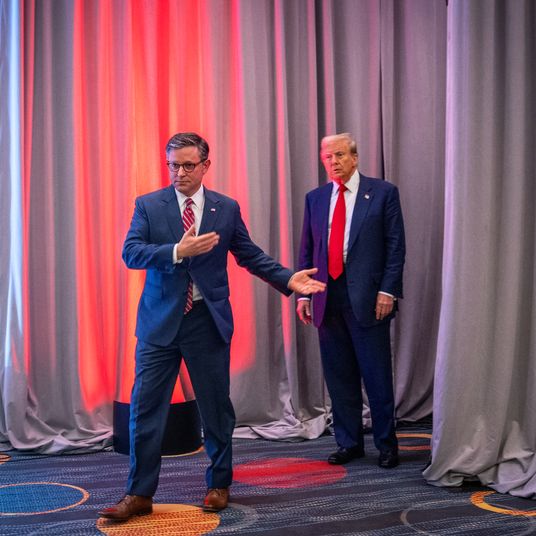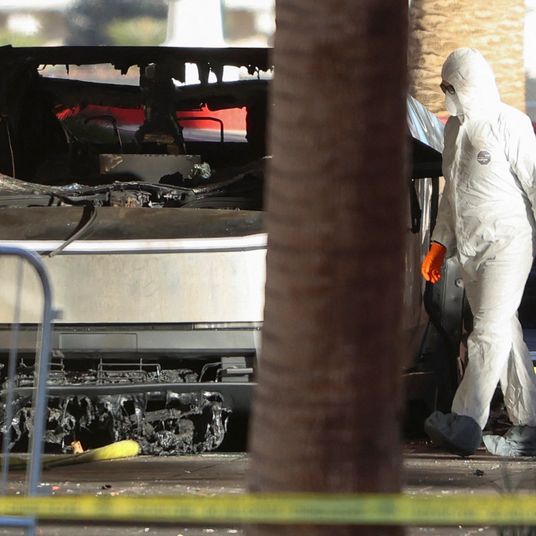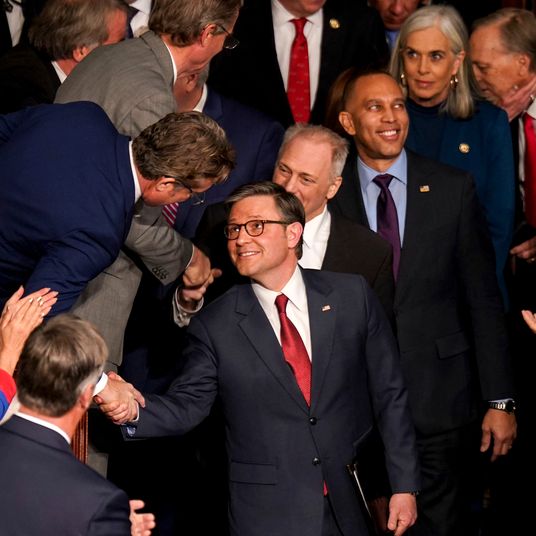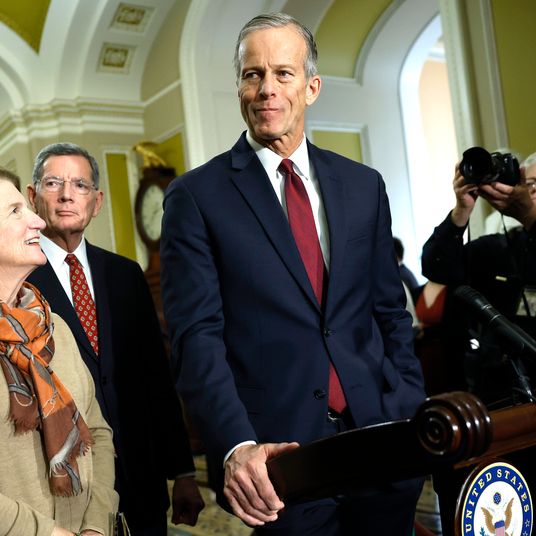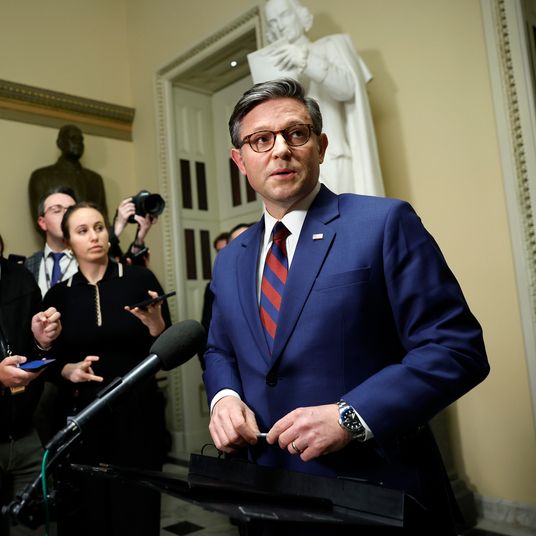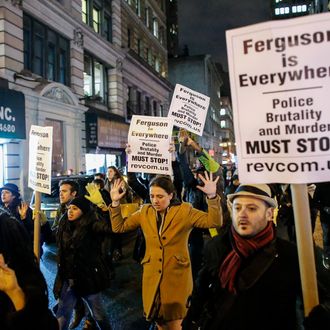
Soon after the world learned that Daniel Pantaleo wouldn’t be charged with Eric Garner’s death, Staten Island District Attorney Daniel Donovan announced that he had asked for the public release of “specific information in connection” with the grand jury’s investigation. On Thursday, the Supreme Court judge who oversaw the Garner case, Stephen Rooney, granted Donovan’s request, but those hoping for a Ferguson-esque document dump are going to be pretty disappointed.
Donovan didn’t apply for the release of witness testimony, transcripts, or details of the evidence presented to the jurors. So, basically, he didn’t ask for anything that would shed light on why the grand jury decided not to indict despite what everyone saw in the video of Pantaleo putting Garner in a chokehold. A DNAinfo source predicted that the material “at best provide a table of contents,” and they were pretty much right.
Here’s what we learned from the four-page disclosure provided by Judge Rooney:
- The grand jury was in session for nine weeks.
- The grand jury heard from 50 witnesses, 22 of whom were civilians. The others were cops, EMTs, and doctors.
- 60 items were entered into evidence. They included four videos, some medical records, autopsy photos, photos from the scene, and information on NYPD policy, procedures, and training.
- The grand jury was instructed on “relevant principles of law” regarding an officer’s right to use force.
In a statement, Donovan said, “I will have no further comment in connection with the grand jury proceedings relating to the matter of the investigation into the death of Eric Garner.”
Meanwhile, the New York Times talked to Pantaleo’s attorney about what his client said during his two hours of testimony in late November:
The officer tackled some of the most damaging evidence head-on. He acknowledged that he heard Mr. Garner saying, “I can’t breathe, I can’t breathe,” and insisted that he tried to disengage as quickly as he could, according to his lawyer, Stuart London. At the same time, Mr. Garner’s ability to speak, the officer testified, suggested that he, in fact, could breathe.
“He wanted to get across to the grand jury that it was never his intention to injure or harm anyone,” Mr. London said. “He was really just describing how he was attempting to arrest someone.”
According to London, Pantaleo testified that he had not been trying to put Garner in a chokehold. Instead, he claimed that he employed a Police Academy move meant to “tip the person so they lose their balance and go to the ground.” However:
As the struggle continued, one of Officer Pantaleo’s arms moved around Mr. Garner’s neck. Officer Pantaleo told the grand jury that he became fearful as he found himself sandwiched between a much larger man and a storefront window.
“He testified that the glass buckled while Garner was up against him and he was against the glass,” Mr. London said. “He was concerned that both he and Garner would go through that glass.”
“That’s why [Pantaleo] attempted to get off [Garner] as quick as he could. He thought that once E.M.T. arrived, everything would be O.K,” explained London. London added that Pantaleo was aware that he was being filmed but wasn’t concerned because, “He knew he was committing no misconduct so it didn’t bother him.”
Perhaps someone else who was in the courtroom will decide to leak more information in the future. But, for now, this is all we’ve got.







